(October 30, 2024) Dr. Gaurav Sharma stands out as one of New Zealand’s most compelling voices in public health and politics. From his roots in India’s Himachal Pradesh to his role as a Member of Parliament for Hamilton West, Sharma’s journey reflects a rare blend of medical expertise and political ambition. Known for his advocacy on healthcare reform and his groundbreaking work in public policy, Sharma’s path to Parliament wasn’t straightforward. Yet, with each achievement—from top student to WHO intern to MP—the Global Indian has proven himself driven by a commitment to community and meaningful change.
Gaurav Sharma was born in a small town in Himachal Pradesh, nestled in the Himalayas, where opportunities were scarce, but dreams were big. His father was determined to carve a better life for his family, and in pursuit of that, he moved to New Zealand with little more than $250 and multiple degrees. Gaurav recalls the early struggles, saying, “My father’s resilience laid the foundation for my journey. He taught me that obstacles are just stepping stones if you are committed to your goal.” Years later, at the age of 12, Gaurav joined his father in New Zealand, along with his mother, and they settled into the Kiwi way of life.
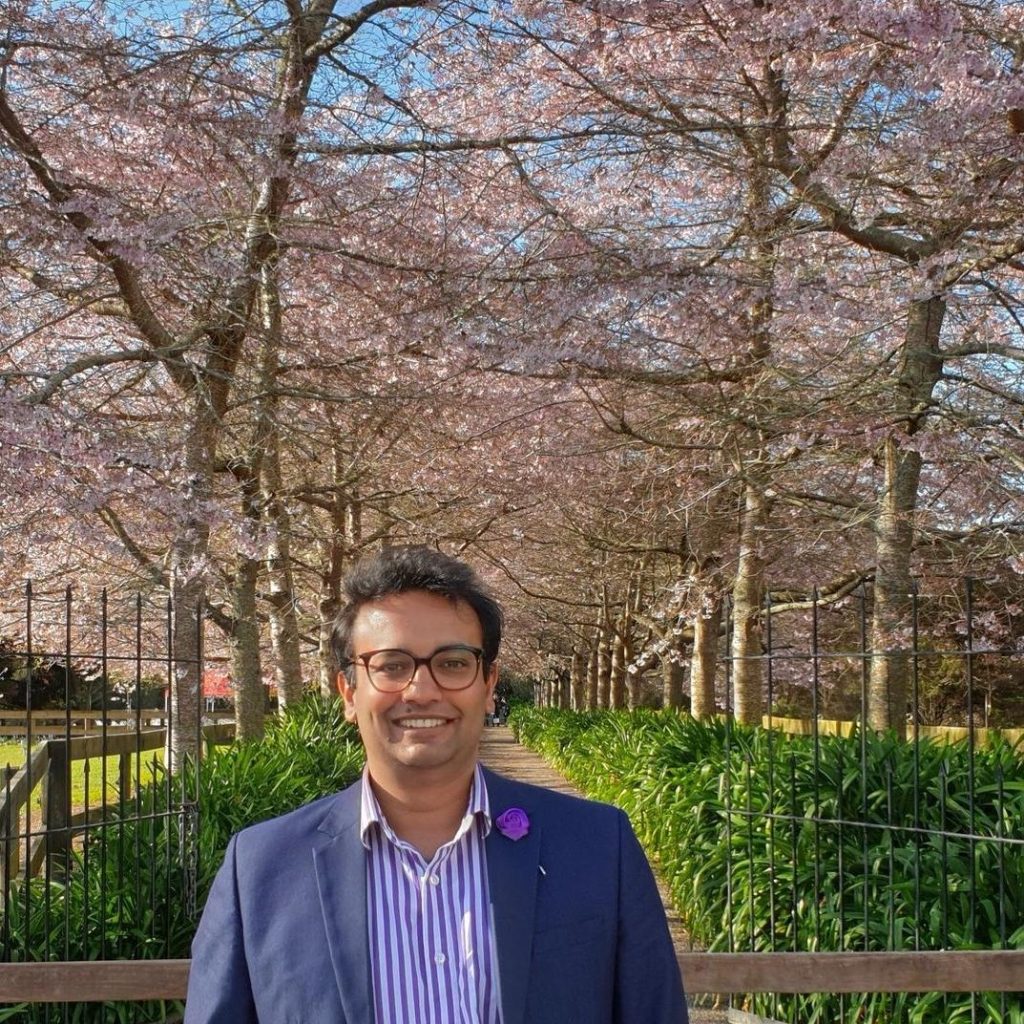
Adjusting to a new country and culture was challenging. Gaurav recalls feeling out of place, especially with the linguistic and cultural differences. “I came from a small Indian town where everyone knew each other, and now I was here, surrounded by unfamiliar faces and voices,” he shared. However, these initial challenges only fueled his determination. He threw himself into his studies, eventually attending Auckland Grammar School, where he excelled academically, despite starting at the bottom class. By the time he graduated, Gaurav had won nine awards and became runner-up dux, a testament to his hard work and focus.
Finding purpose in medicine
It was during his high school years that Gaurav found his calling in medicine, a path that was not obvious at the beginning. During his sixth form at Auckland Grammar, Gaurav volunteered at a local elderly care facility, a decision that changed the course of his life. “Volunteering at the rest home was a humbling experience,” he explained. “It shifted my perspective on what it meant to truly care for people. I had initially joined as a way to gain experience, but it quickly became more than just a task—it became a calling.”
This exposure to healthcare led him to cancel other extracurricular activities to focus solely on his volunteer work, committing to four years at the facility. His dedication was recognized, and he was soon admitted to the prestigious medical program at the University of Auckland, where he studied medicine and surgery. Here, Gaurav’s interest expanded beyond clinical care to include public health and policy-making. “I saw that healthcare was not just about treating individuals but about creating systems that could impact entire communities,” he said. His experience at the university solidified his resolve to make a difference, not just as a doctor but as a health advocate.
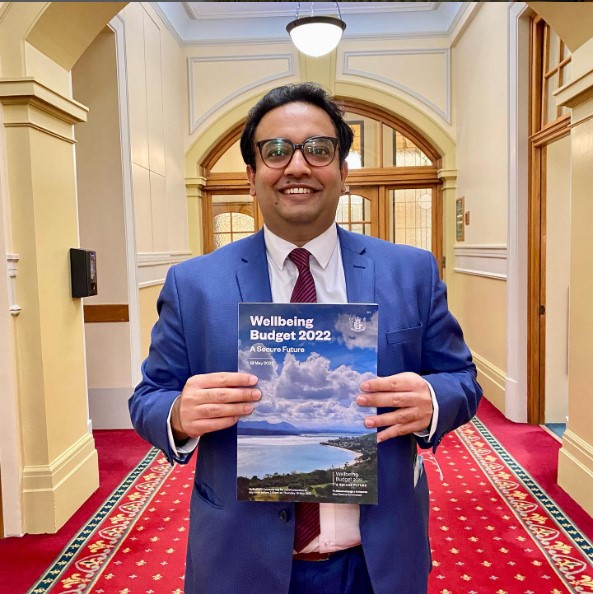
By the time he was 21, Gaurav had already begun advocating for healthcare policies, serving as the elected representative for over 3,000 medical students on the New Zealand Medical Student Association board. In this role, he worked with the Ministry of Health, various specialty colleges, and the Medical Council of New Zealand, shaping policies aimed at encouraging healthcare workers to train in rural areas and high-demand specialties. “Those early years taught me the power of policy in shaping healthcare outcomes. I wanted to help design systems that would reach the most vulnerable,” he shared.
A global perspective and the call to serve
In his fifth year of medical school, Gaurav’s commitment to public health led him to research climate change as a significant health issue for New Zealand. His research attracted attention, and he was encouraged to apply for an internship at the World Health Organization (WHO) in Geneva, Switzerland. The opportunity to work at the WHO marked a turning point, as it gave him an understanding of the global dimensions of health and the role of policy in addressing systemic challenges.
At the WHO, he worked in the Non-Communicable Diseases cluster, focusing on implementing research findings in developing countries. He witnessed the stark realities of healthcare access in poverty-stricken regions and how systemic inefficiencies affected millions. “Working at WHO expanded my perspective on what healthcare could be. It was no longer about individual patient care but about creating policies that could alleviate suffering on a much larger scale,” he said.
During his time in Geneva, Gaurav Sharma also joined the Geneva Intern’s Association board, where he advocated for interns from UN-affiliated organizations, reflecting his growing passion for leadership and advocacy. This experience reinforced his belief that healthcare professionals could influence not only medicine but broader social and political landscapes. Upon his return to New Zealand, Gaurav brought back these lessons, ready to channel his experiences into impactful change on home soil.
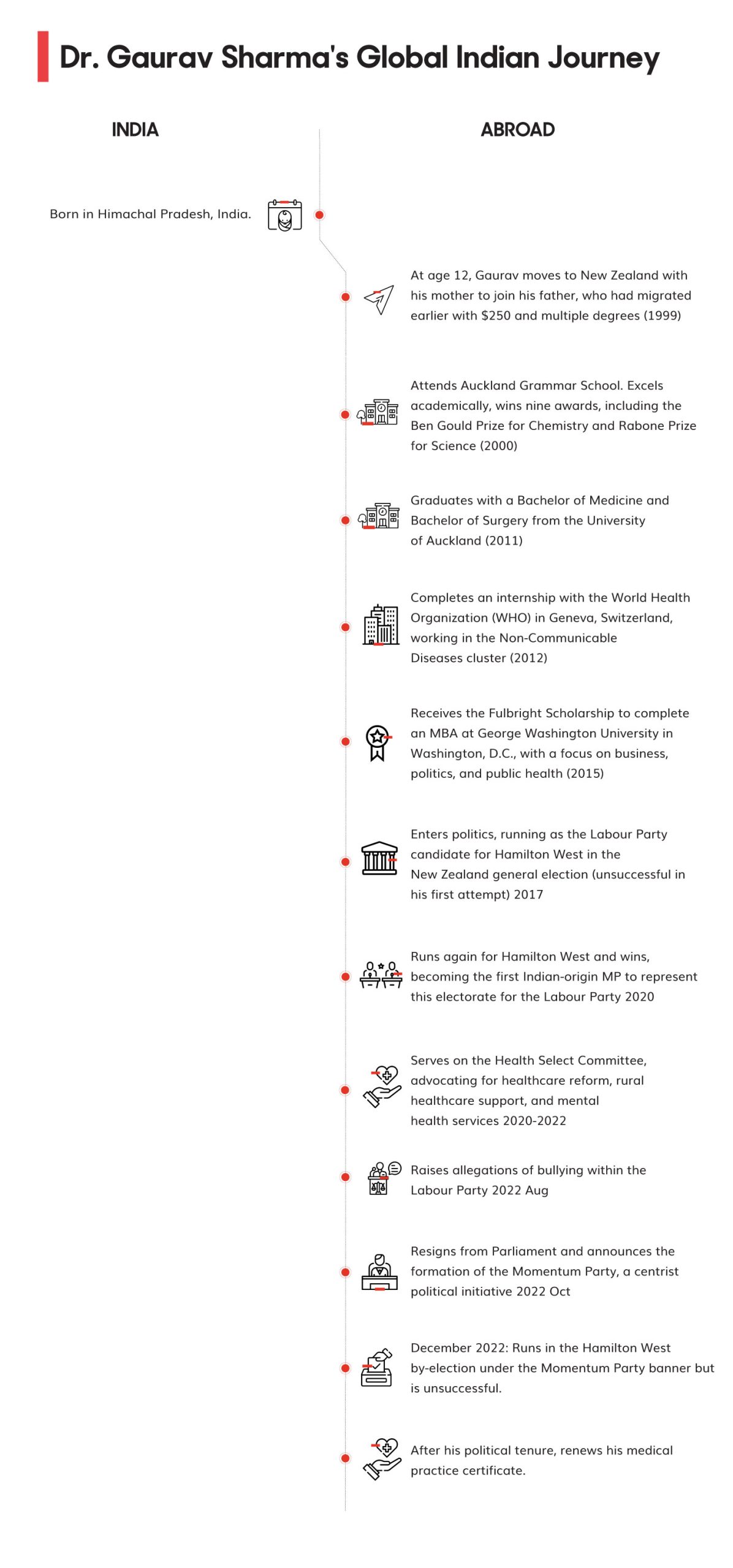
Politics and public service
Gaurav’s entry into politics was a natural extension of his work in healthcare policy. His family’s journey and the challenges they faced as immigrants in New Zealand had shaped his values, and he saw in the Labour Party a platform to advocate for those values. “The Labour Party’s commitment to social justice and opportunity aligned with what I wanted for New Zealand. It was about creating a fairer society for all Kiwis, regardless of their background,” he said.
In 2017, he ran as the Labour candidate for the Hamilton West electorate. Although he didn’t win, he gained valuable experience and support within the community, which propelled him to run again in 2020. This time, he won, becoming the first MP of Indian origin to represent the electorate for Labour. His achievement resonated deeply within New Zealand’s Indian community, as he symbolized the potential for immigrants to contribute to New Zealand’s political landscape. “Winning the election felt like a validation not only for me but for every migrant who has come here with dreams and aspirations,” he reflected.
Once in Parliament, Gaurav Sharma served on the Health Select Committee, where he continued his advocacy for healthcare reform. He was passionate about addressing inequities within the system, pushing for more support for rural healthcare and improved mental health services. “Being in Parliament was a humbling experience. I wanted to use my voice to push for changes that would make healthcare more accessible and equitable,” he explained. However, his journey in politics took an unexpected turn when he raised concerns about alleged bullying within Parliament. In a public op-ed, Gaurav alleged widespread bullying, claiming that some parliamentary practices undermined the well-being of MPs and staff alike.
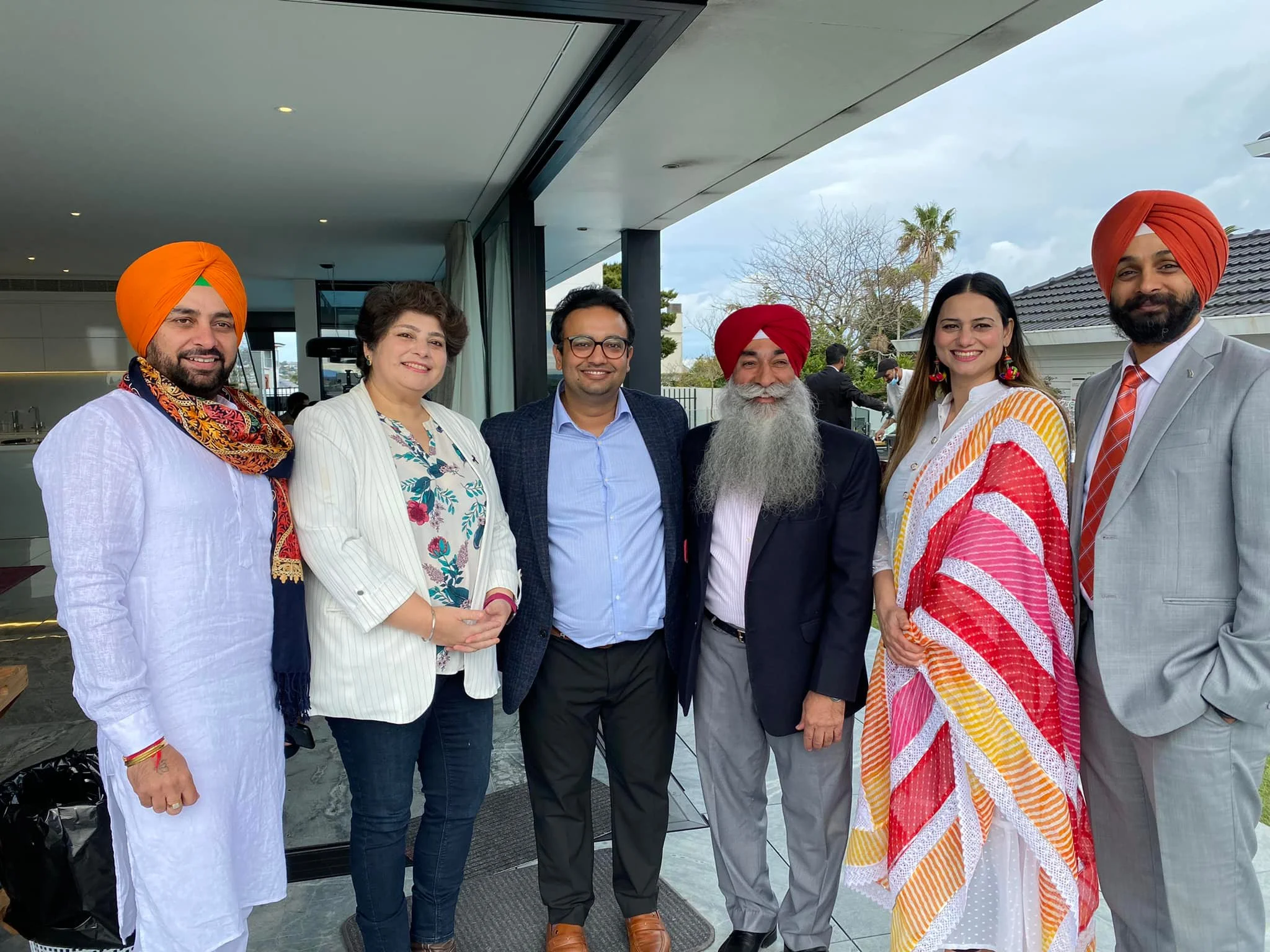
The turning point and moving forward
In August 2022, Gaurav’s accusations of bullying within Parliament sparked a significant controversy. He claimed that the Labour Party leadership had ignored his concerns, leading to a highly publicized fallout. Shortly after his allegations, he was expelled from the Labour Party caucus, a decision that led him to serve briefly as an independent MP before ultimately resigning from Parliament. Reflecting on the events, he shared, “I believed that it was essential to stand up for what I saw as an unjust system. It was a difficult decision, but I felt that silence would have been a disservice to my values.”
Following his resignation, Gaurav founded the Momentum Party, an unregistered political entity aimed at representing centrist values. Though he contested the 2022 by-election for Hamilton West under this new party, he did not secure the seat. Despite the setback, Gaurav remains committed to his principles and continues to advocate for systemic change within New Zealand’s political and healthcare systems.
Looking back on his journey, Gaurav Sharma reflects on the highs and lows with a sense of pride and determination. “I’ve come a long way from that boy who arrived in New Zealand, unsure of what the future held. My journey has not been easy, but each challenge has strengthened my resolve to make a difference,” he shared.
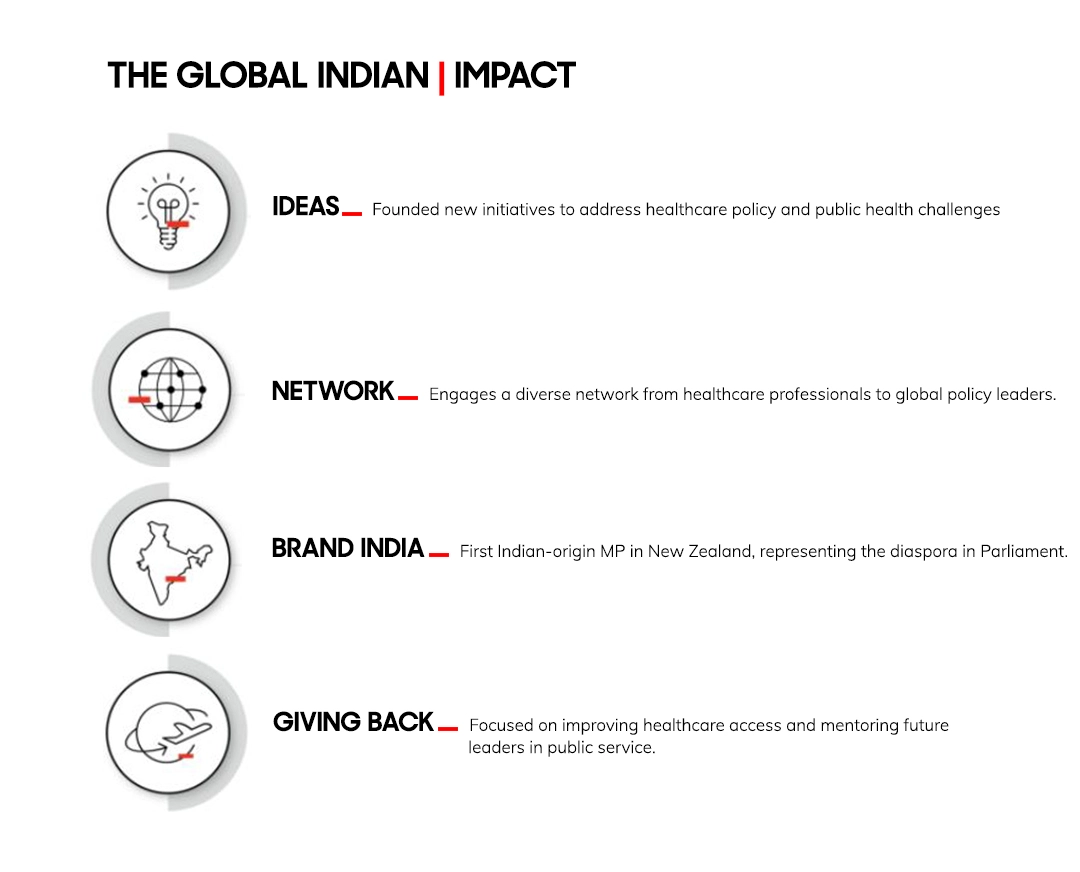
Dr. Gaurav Sharma’s journey is far from over. From his roots in the Himalayas to the halls of New Zealand’s Parliament, his life embodies resilience, courage, and a deep commitment to service. He continues to be a voice for those who, like him, believe in the power of change and the importance of standing up for one’s values.


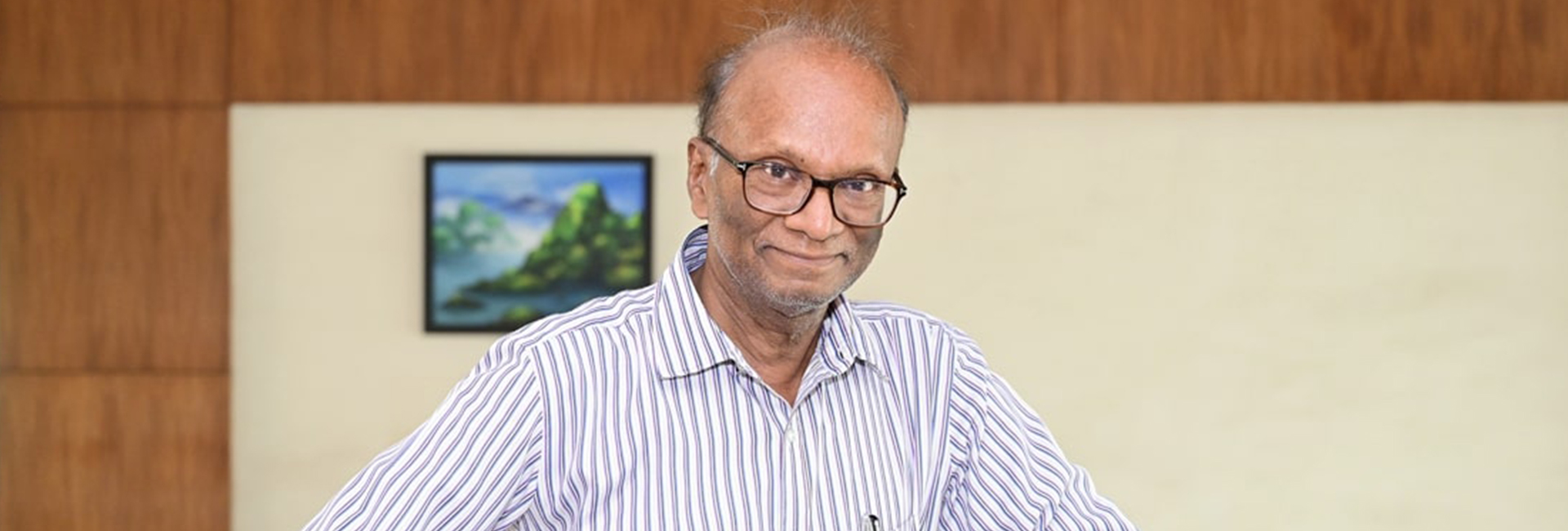
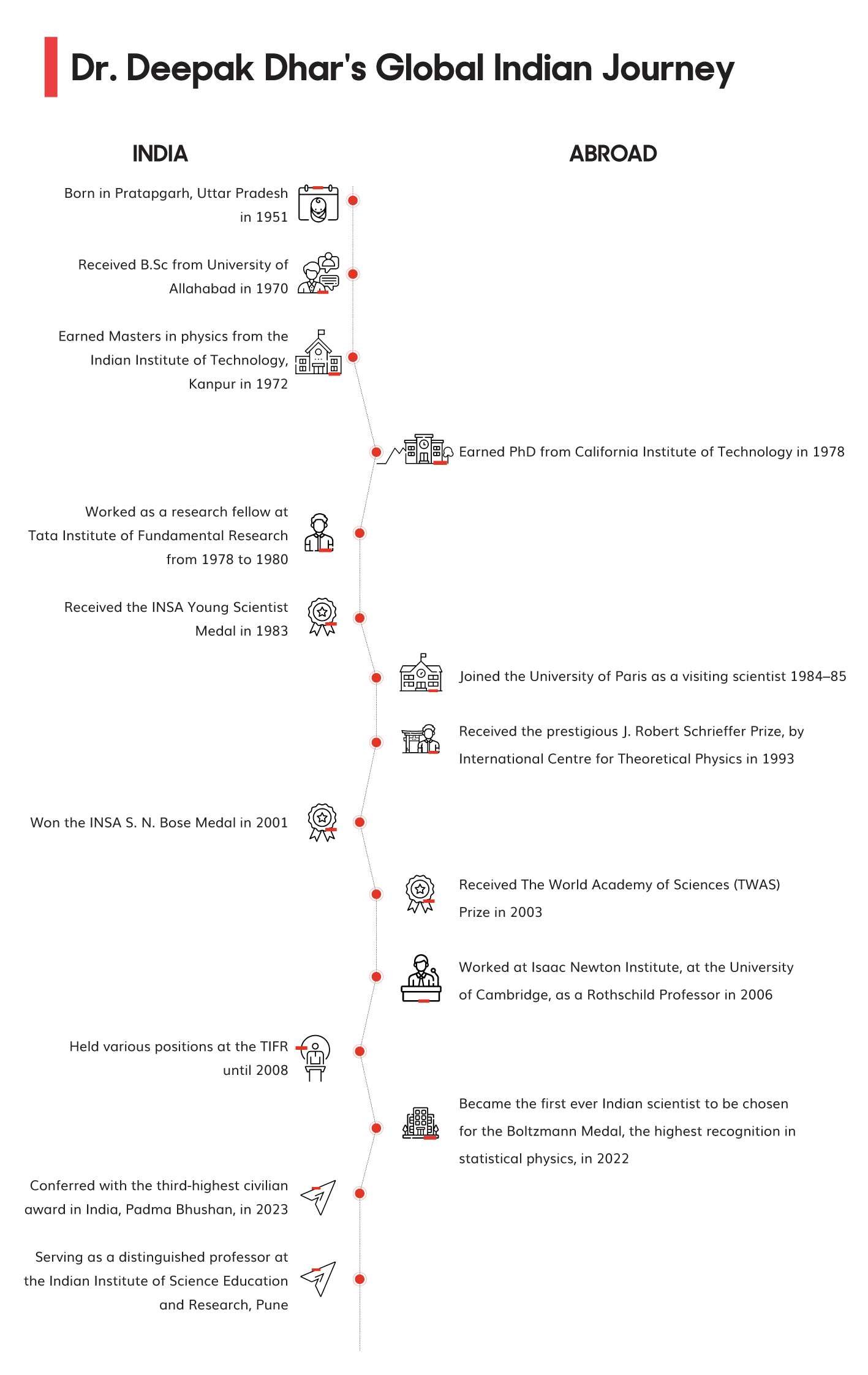
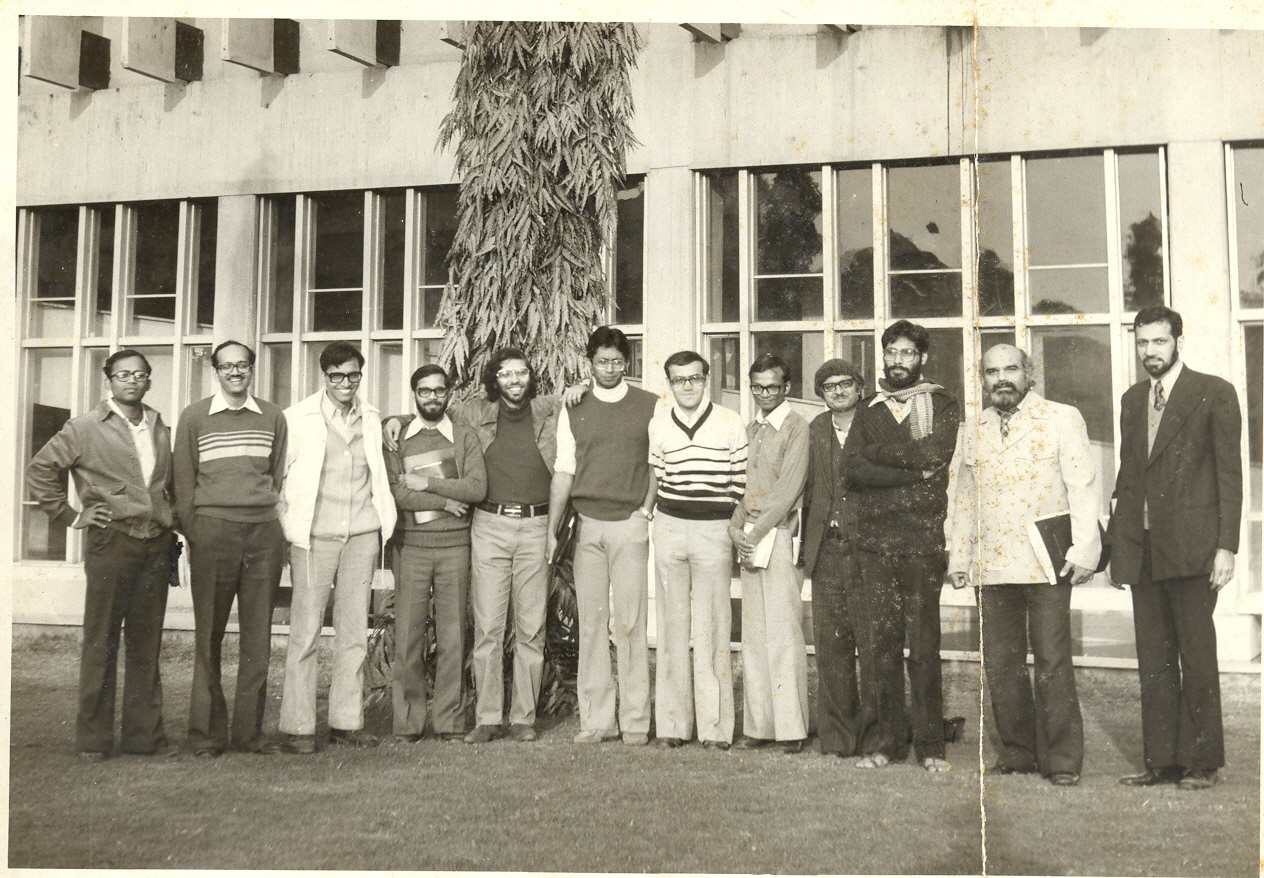 Dr. Dhar (sixth from right) with his peers at Roorkee, 1980[/caption]
Dr. Dhar (sixth from right) with his peers at Roorkee, 1980[/caption] Dr. Dhar with his family[/caption]
Dr. Dhar with his family[/caption]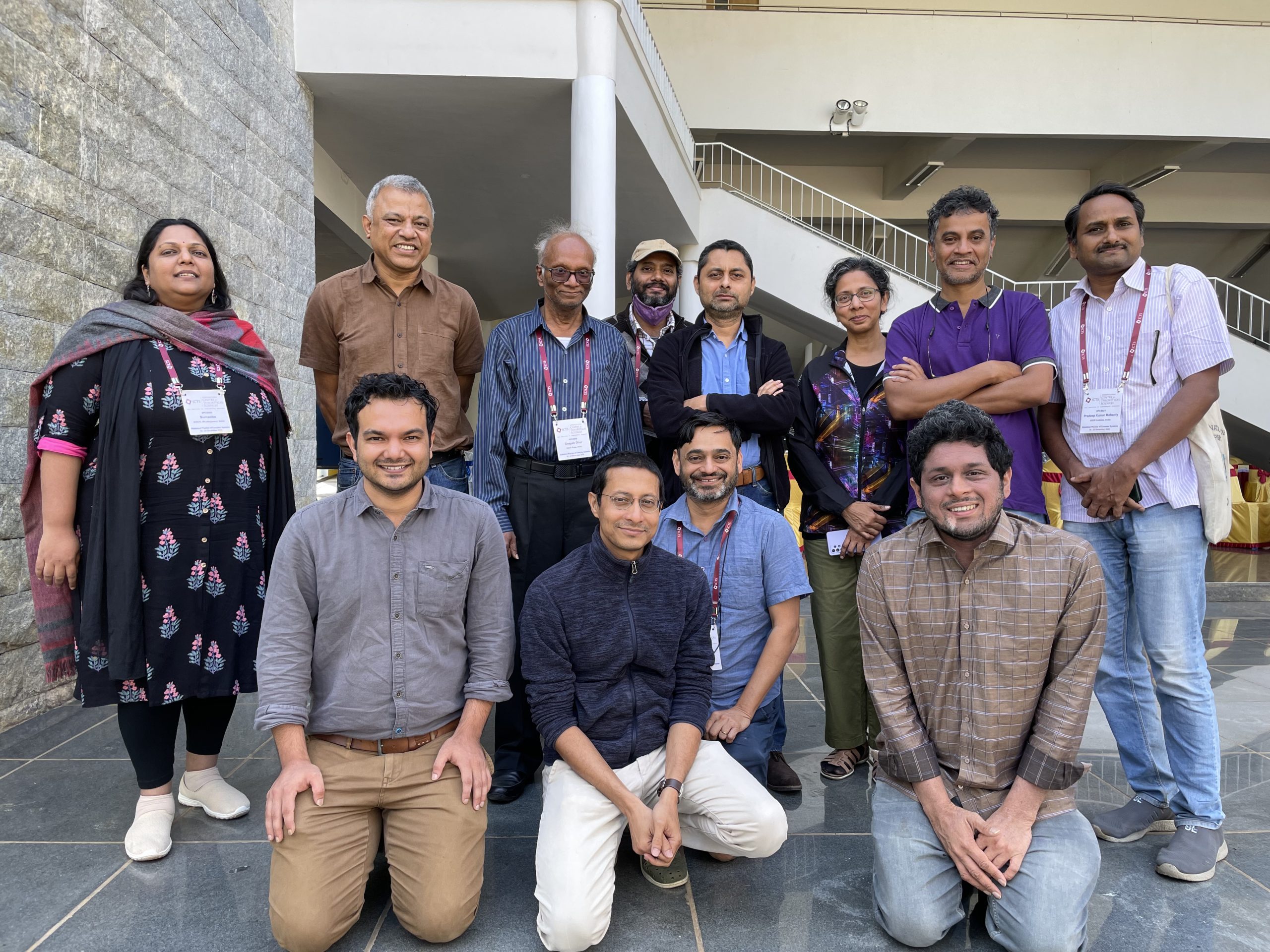 Dr. Deepak Dhar with other scholars at a recent conference at ICTS, Bengaluru[/caption]
Dr. Deepak Dhar with other scholars at a recent conference at ICTS, Bengaluru[/caption]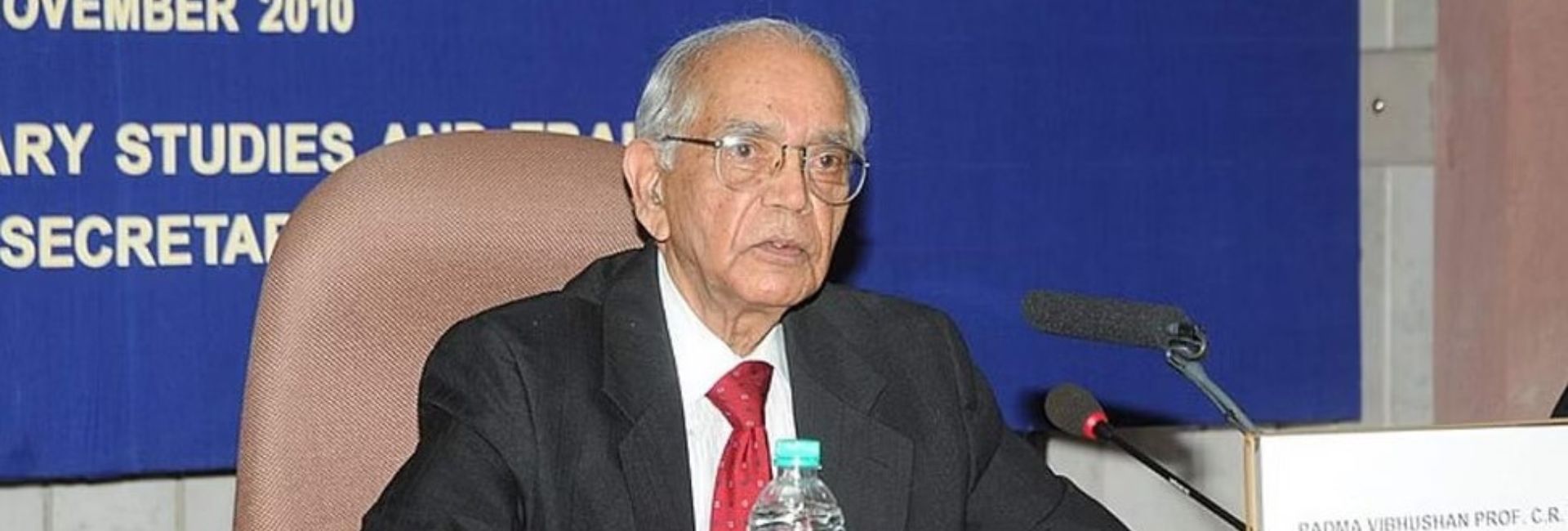
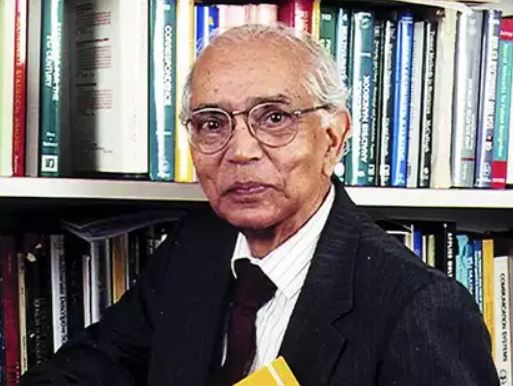 Master Statistician, C R Rao[/caption]
Master Statistician, C R Rao[/caption]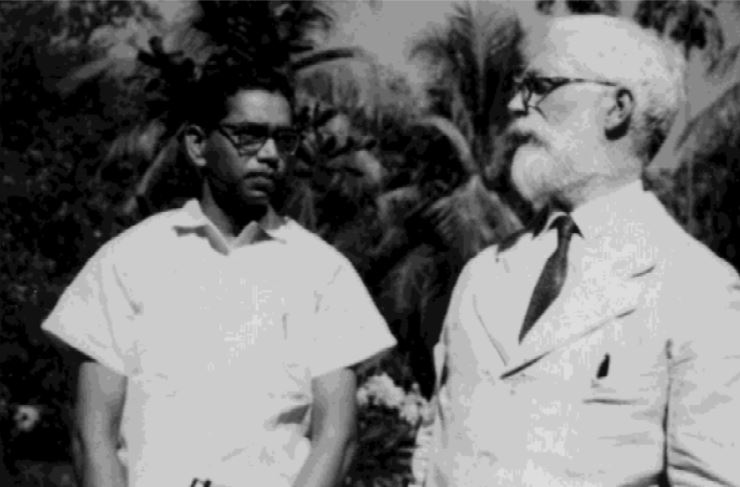 Rao with Fisher at Indian Statistical Institute, Calcutta, 1960[/caption]
Rao with Fisher at Indian Statistical Institute, Calcutta, 1960[/caption]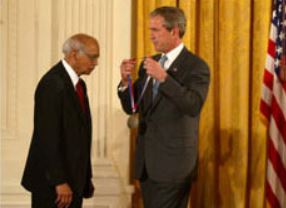 Rao receives Medal of Science from the US President Bush in 2002[/caption]
Rao receives Medal of Science from the US President Bush in 2002[/caption]
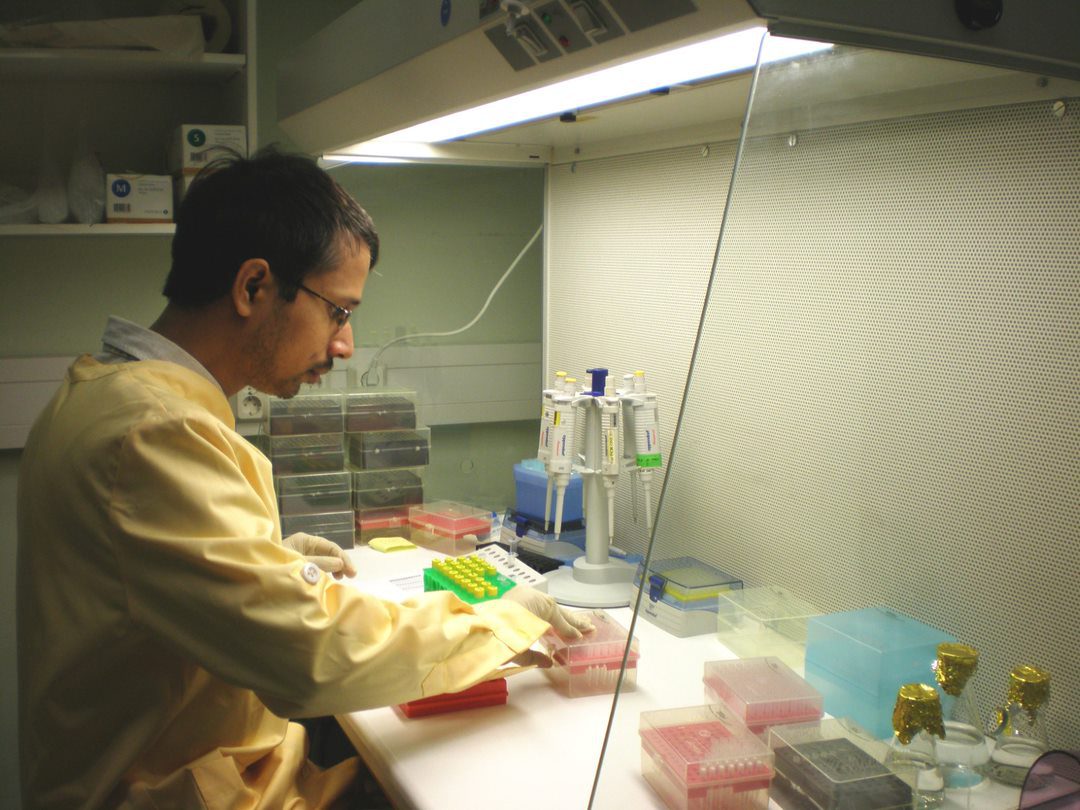 Gyaneshwer Chaubey conducting an experiment in his lab[/caption]
Gyaneshwer Chaubey conducting an experiment in his lab[/caption]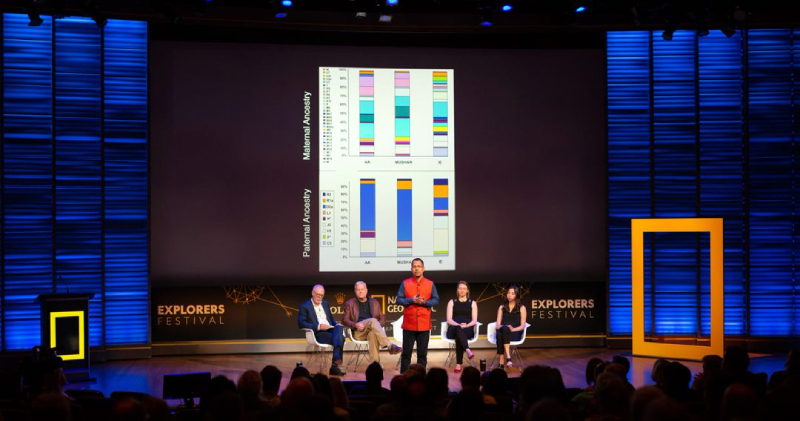 Gyaneshwer Chaubey at Explorers Festival[/caption]
Gyaneshwer Chaubey at Explorers Festival[/caption]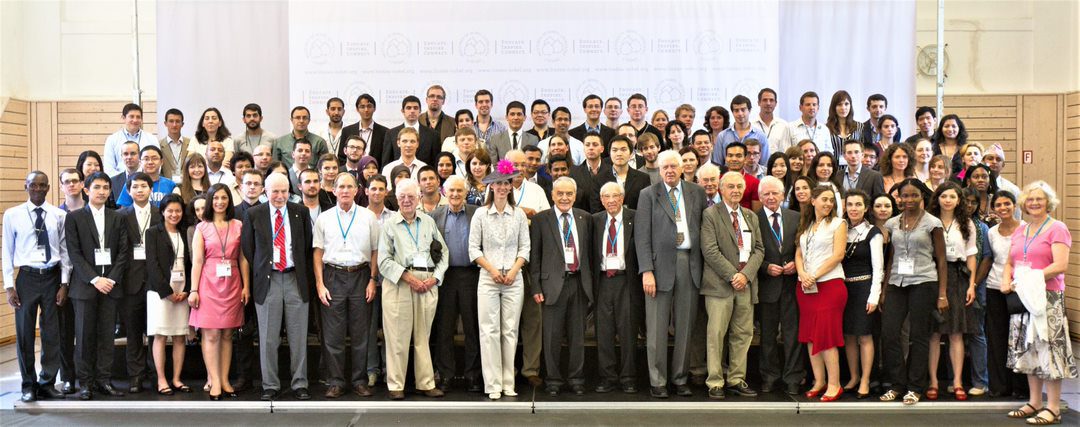
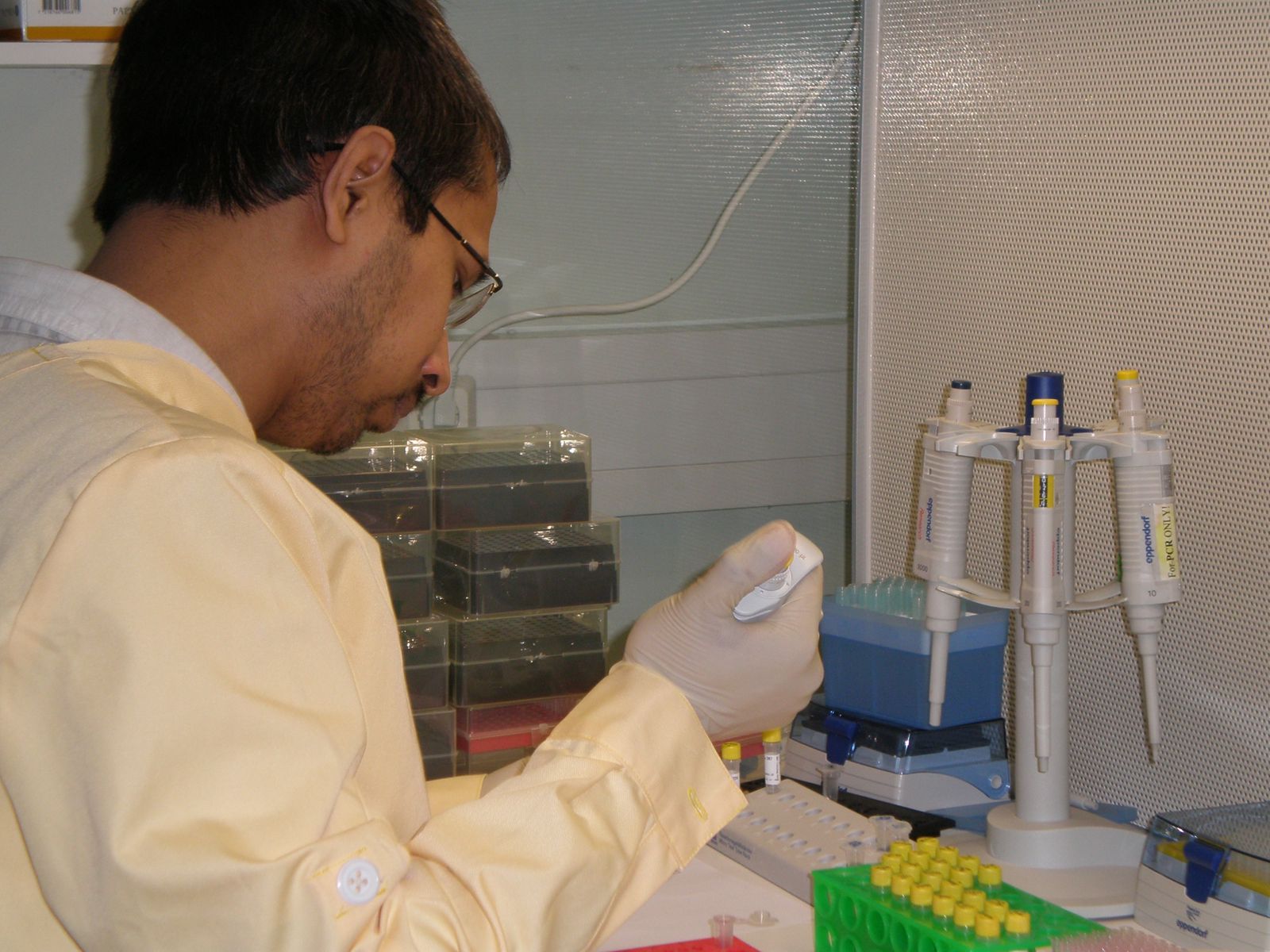

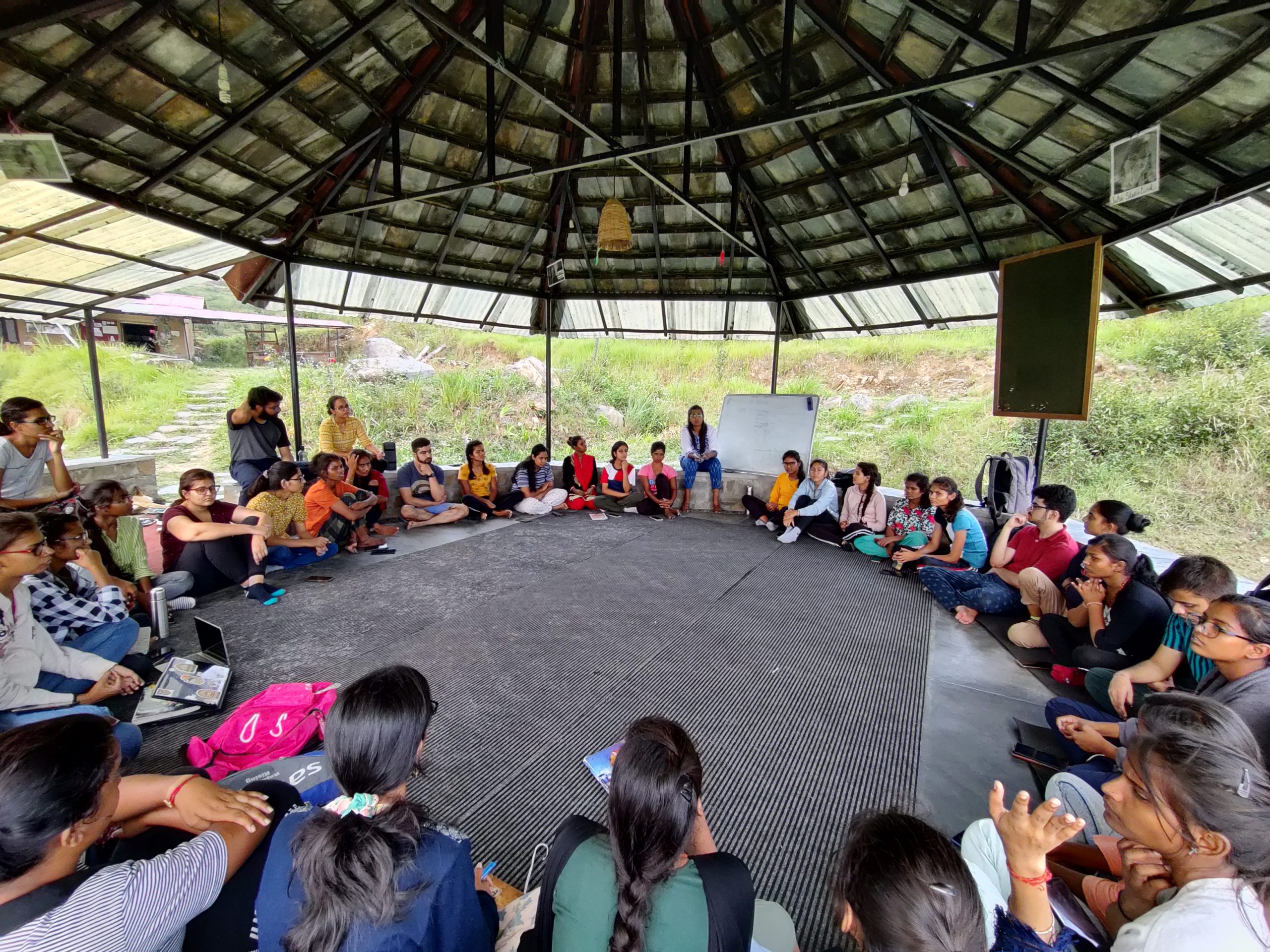 Sapnewalis at work[/caption]
Sapnewalis at work[/caption]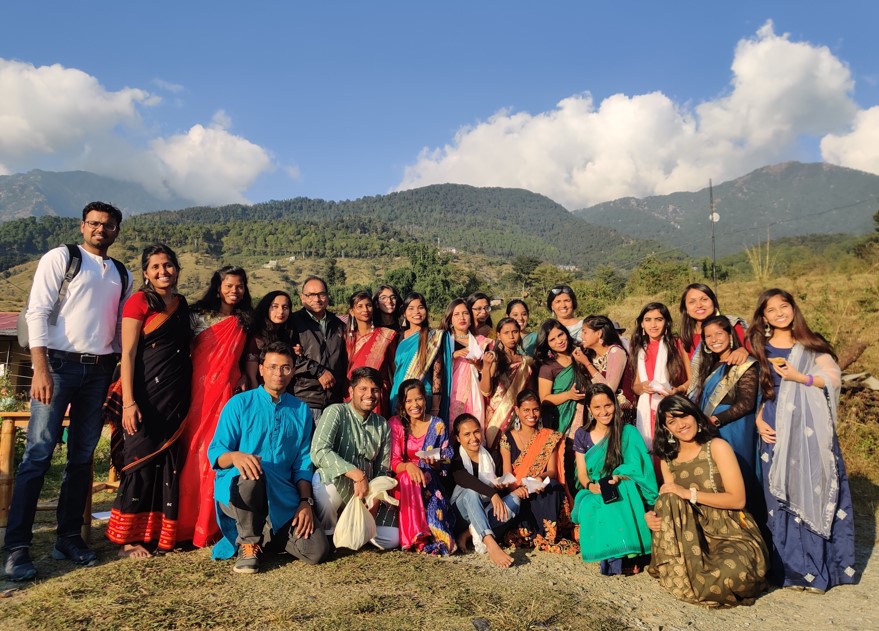 Sajhe Sapne team[/caption]
Sajhe Sapne team[/caption]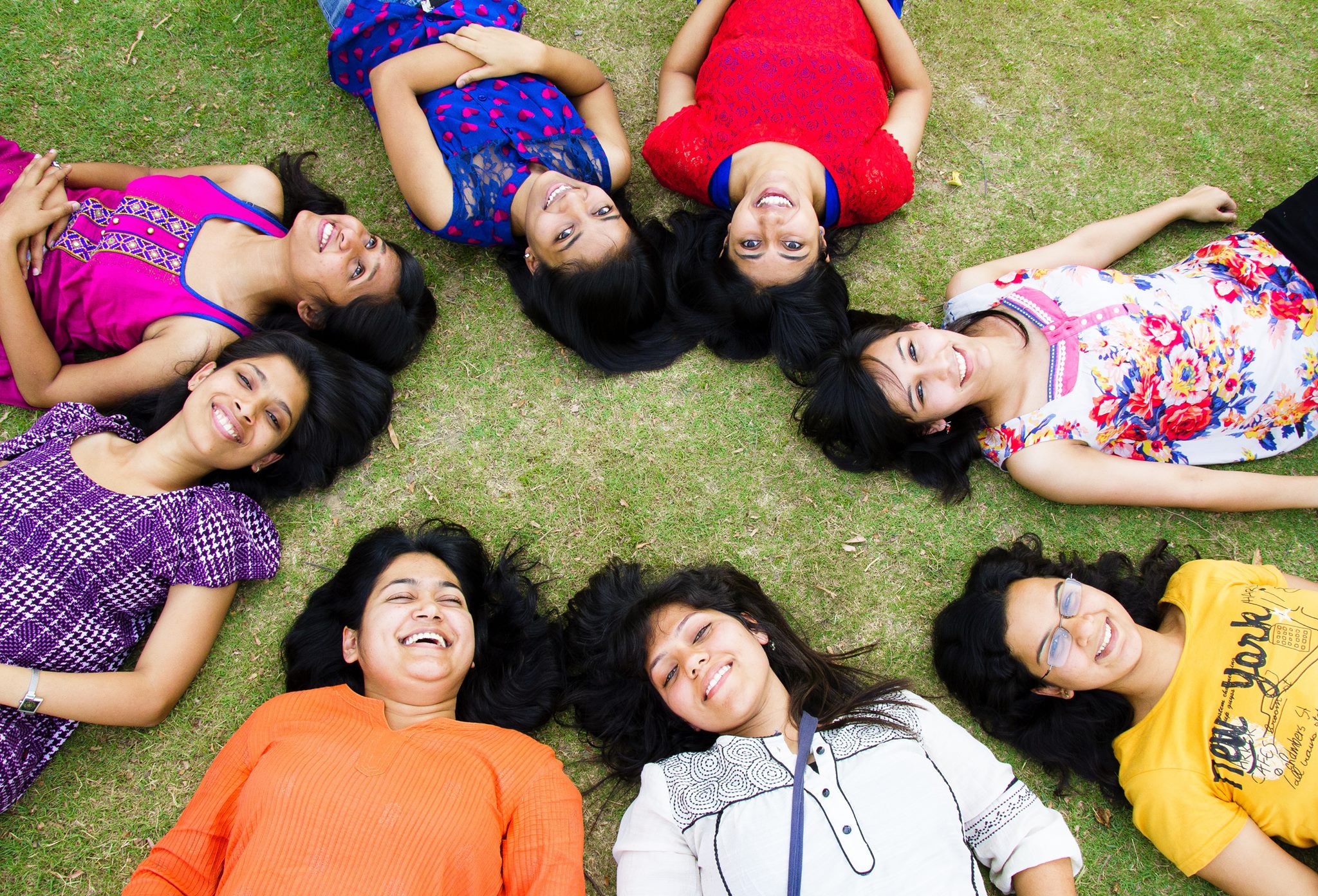 Team of friends[/caption]
Team of friends[/caption]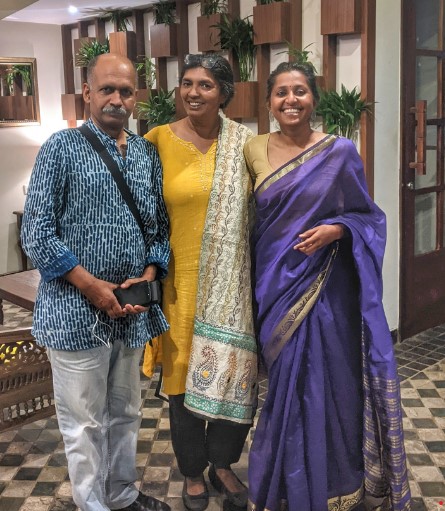 Surabhi with her mentors[/caption]
Surabhi with her mentors[/caption]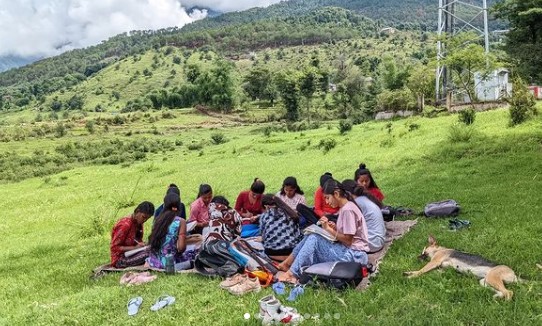 Sapnewalis at work[/caption]
Sapnewalis at work[/caption]